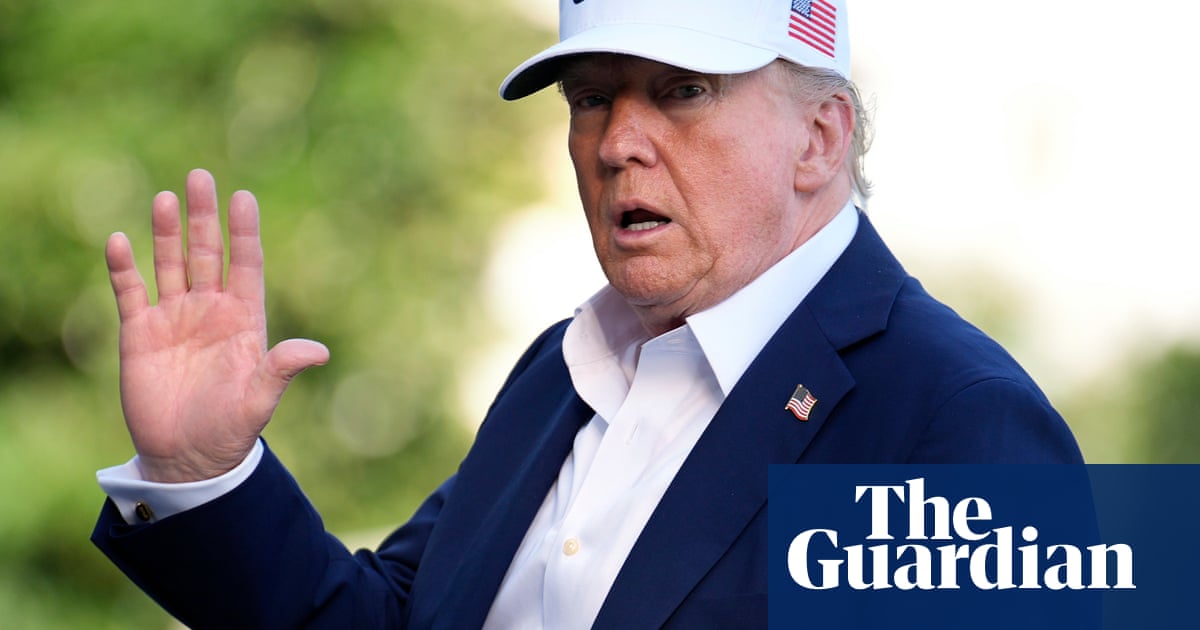Understanding the Impact of Trump’s Tariffs on Australia
Australia’s Resilience to Global Trade Disruptions
Recent analyses by the Productivity Commission highlight that Donald Trump’s trade tariffs will likely have a minor impact on Australia’s economy. Leading economist Warwick McKibbin, from the Australian National University, asserts that the nation is in a prime position to absorb the shocks resulting from America’s increasing protectionism. According to McKibbin, Australia stands out globally when it comes to navigating these tumultuous trade waters.
Tariff Adjustments and Negotiation Deadlines
In a series of letters posted on social media, President Trump detailed specific tariff rates for individual countries, reaffirming levels previously announced. He extended the negotiation deadline from July 9 to August 1, leading to speculation about the future of these tariffs. The international community now holds its breath as the world braces for potential disruptions caused by these economic policies.
A New Era of Trade Protectionism
Speaking at the Australian Conference of Economists, McKibbin framed the current trade turmoil not only as a challenge but as an opportunity for Australia. He emphasized the importance of engaging in trade negotiations and lowering barriers that inhibit trade. This proactive approach could serve to bolster Australia’s economy, especially as other countries grapple with the fallout from U.S. trade policies.
Productivity Commission’s Optimistic Outlook
The Productivity Commission’s analysis reinforces McKibbin’s assertions. Their modeling suggests that rather than suffering from U.S.-led trade disruptions, Australia might even experience a slight economic boost. This unexpected positive outcome stems partly from redirected goods that would’ve otherwise gone to the U.S., potentially arriving in Australia at lower rates. Additionally, investments that flow out of the U.S. and contribute to higher tariffs in other countries could further benefit Australia.
Revising Tariff Strategies
Despite the encouraging outlook, the Productivity Commission cautions against retaliating with our own tariffs. Their analysis concludes that such a course of action would be counterproductive. Instead, Australia should focus on implementing domestic reforms to enhance its productive potential. This approach aligns with the government’s advocacy for free and fair trade, a sentiment echoed by Jim Chalmers in his statements regarding the Productivity Commission’s findings.
Political Perspectives on Tariff Issues
James Paterson, the shadow finance minister, expressed a clear stance, advocating for a 0% tariff on Australian exports to the U.S. He criticized Prime Minister Albanese for not yet meeting with President Trump, speculating that such a diplomatic interaction might have improved Australia’s trading prospects.
Small Economic Gains Amid Global Uncertainty
The Productivity Commission’s modeling anticipates a modest 0.4% increase in GDP as a result of the situation. However, Deputy Chair Alex Robson urged caution, noting that this figure does not encompass more complex, indirect effects. He warned that the global uncertainty brought on by these tariffs could have implications for living standards both in Australia and globally.
Trump’s Proposed Tariff Rates
In his recent communications, Trump proposed significant tariffs on countries such as Japan, South Korea, and Malaysia, threatening rates as high as 25%. Observers have noted that these rates are closely aligned with earlier threats, indicating a solidifying stance on trade barriers.
Future Projections and Market Reactions
As discussions continue regarding the potential for tariffs to stabilize, analysts like Tapas Strickland from NAB are beginning to identify patterns in how import tax rates may evolve. Strickland suggests that if the recent agreement with Vietnam serves as an example, nations on the losing end of trade deficits may face tariffs of around 20%, while those with trade surpluses might encounter lower rates.
By examining this evolving trade landscape, it becomes clear that Australia is strategically positioned to take advantage of new trading dynamics, even in the face of global uncertainty. The debates and discussions surrounding Trump’s tariffs shed light on the intricate relationships that define contemporary global trade.


